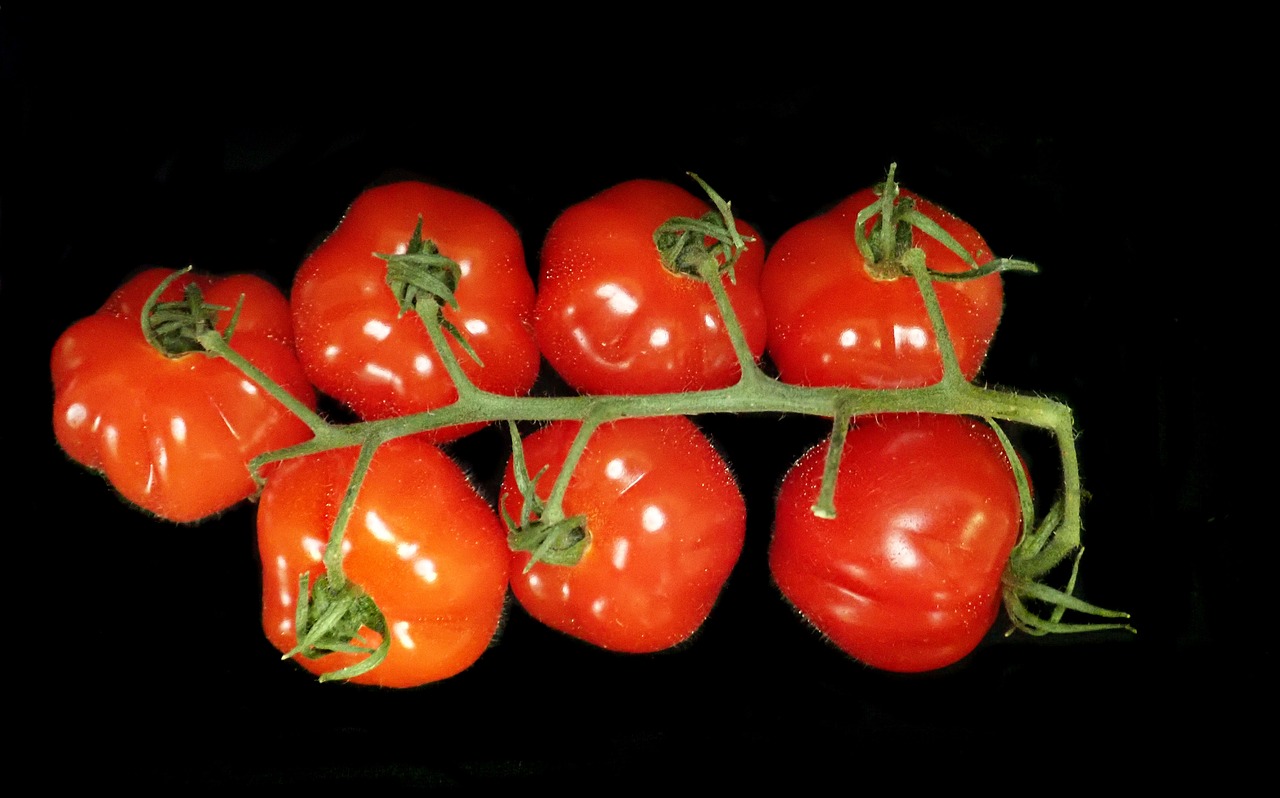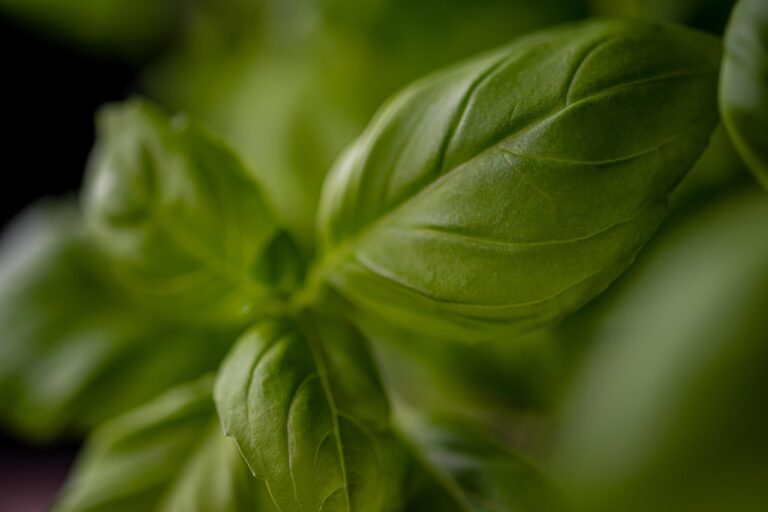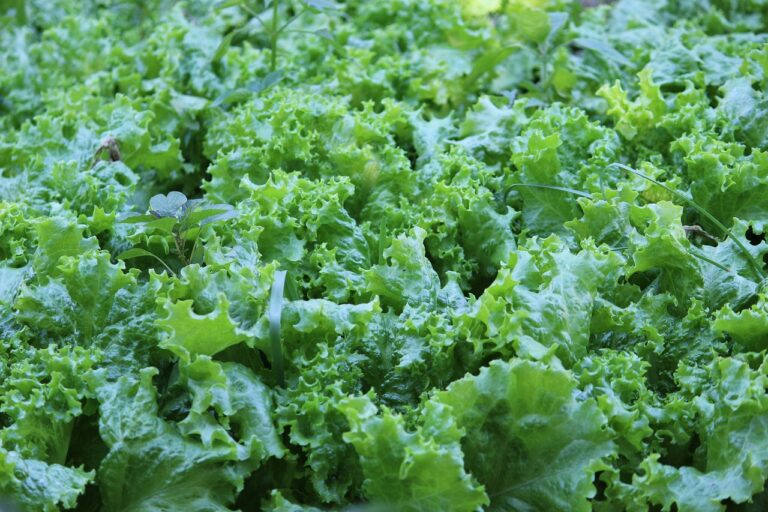Enhancing Shelf Life with Antioxidant Additives
diamond exch 999, play 99 exch login, reddybookclub: Enhancing Shelf Life with Antioxidant Additives
In today’s fast-paced world, convenience is king. With busy schedules and demanding lifestyles, consumers often rely on packaged foods and beverages to get them through the day. However, one of the biggest challenges faced by manufacturers of these products is ensuring that they have a long shelf life without compromising on quality and taste. This is where antioxidant additives come into play.
Antioxidants are compounds that help prevent the degradation of fats, oils, and other substances in food products by inhibiting the harmful effects of oxygen and free radicals. By incorporating antioxidants into their products, manufacturers can extend the shelf life of their goods and maintain their freshness for longer periods. In this article, we will explore the benefits of using antioxidant additives in food and beverage products and how they can help businesses thrive in a competitive market.
Why Antioxidants are Essential for Shelf Life
Antioxidants play a crucial role in preventing oxidation, a chemical reaction that can lead to the deterioration of food products. When fats and oils in food come into contact with oxygen, they can become rancid, leading to off-flavors and odors. This process not only affects the taste and quality of the product but also reduces its nutritional value.
By adding antioxidants to food products, manufacturers can slow down the oxidation process and extend the shelf life of their goods. This not only benefits consumers by ensuring that they are getting fresh and flavorful products but also helps businesses reduce food waste and increase their profitability.
Types of Antioxidants Used in Food Products
There are several types of antioxidants that are commonly used in food products to enhance shelf life. Some of the most popular antioxidants include:
– Vitamin E: This fat-soluble vitamin is commonly used as an antioxidant additive in food products to prevent the oxidation of fats and oils.
– Vitamin C: Also known as ascorbic acid, vitamin C is a water-soluble antioxidant that is used to prevent the browning of fruits and vegetables.
– BHA (butylated hydroxyanisole) and BHT (butylated hydroxytoluene): These synthetic antioxidants are commonly used in processed foods to prevent lipid oxidation and extend shelf life.
– Rosemary extract: This natural antioxidant is derived from the rosemary plant and is used in food products to prevent the oxidation of fats and oils.
Each type of antioxidant has its own unique properties and benefits, and manufacturers can choose the most suitable antioxidant based on the specific needs of their products.
Benefits of Using Antioxidant Additives in Food Products
There are several benefits to using antioxidant additives in food products to enhance shelf life:
– Extended shelf life: Antioxidants help prevent the oxidation of fats and oils in food products, which can extend their shelf life and maintain their freshness for longer periods.
– Improved quality: By inhibiting the degradation of fats and oils, antioxidants can help preserve the taste, texture, and appearance of food products, ensuring that consumers enjoy a high-quality product.
– Reduced food waste: By extending the shelf life of their products, manufacturers can reduce the amount of food waste generated, which not only benefits the environment but also helps businesses save money.
– Increased profitability: By reducing food waste and improving the quality of their products, manufacturers can increase their profitability and competitiveness in the market.
Overall, using antioxidant additives in food products can help businesses meet consumer demand for fresh and flavorful products while also achieving their sustainability and profitability goals.
How to Incorporate Antioxidants into Food Products
There are several ways to incorporate antioxidants into food products to enhance shelf life:
– Direct addition: Antioxidants can be directly added to food products during the manufacturing process to prevent oxidation and extend shelf life.
– Natural sources: Some antioxidants, such as rosemary extract and green tea extract, are derived from natural sources and can be used to enhance the shelf life of food products.
– Packaging: Antioxidants can also be incorporated into food packaging materials to create a barrier against oxygen and prevent the oxidation of fats and oils in food products.
Manufacturers can choose the most suitable method for incorporating antioxidants based on the specific needs of their products and the desired shelf life.
FAQs
1. Are antioxidants safe to consume in food products?
Yes, antioxidants are safe to consume in food products and are regulated by food safety authorities to ensure that they are used in appropriate quantities.
2. Can antioxidants be used in all types of food products?
Yes, antioxidants can be used in a wide range of food products, including baked goods, snacks, beverages, and processed foods.
3. How do antioxidants prevent oxidation in food products?
Antioxidants work by reacting with free radicals and oxygen molecules to prevent them from causing oxidation reactions in fats and oils.
4. Can natural antioxidants be as effective as synthetic antioxidants?
Yes, natural antioxidants, such as rosemary extract and green tea extract, can be just as effective as synthetic antioxidants in preventing oxidation and extending shelf life.
5. How can businesses determine the right type of antioxidants to use in their food products?
Businesses can consult with food scientists and industry experts to determine the most suitable type of antioxidants based on the specific needs and characteristics of their products.
In conclusion, incorporating antioxidant additives into food products can help manufacturers extend shelf life, improve quality, and reduce food waste. By understanding the benefits of antioxidants and how to incorporate them into their products, businesses can meet consumer demand for fresh and flavorful products while also achieving their sustainability and profitability goals.







